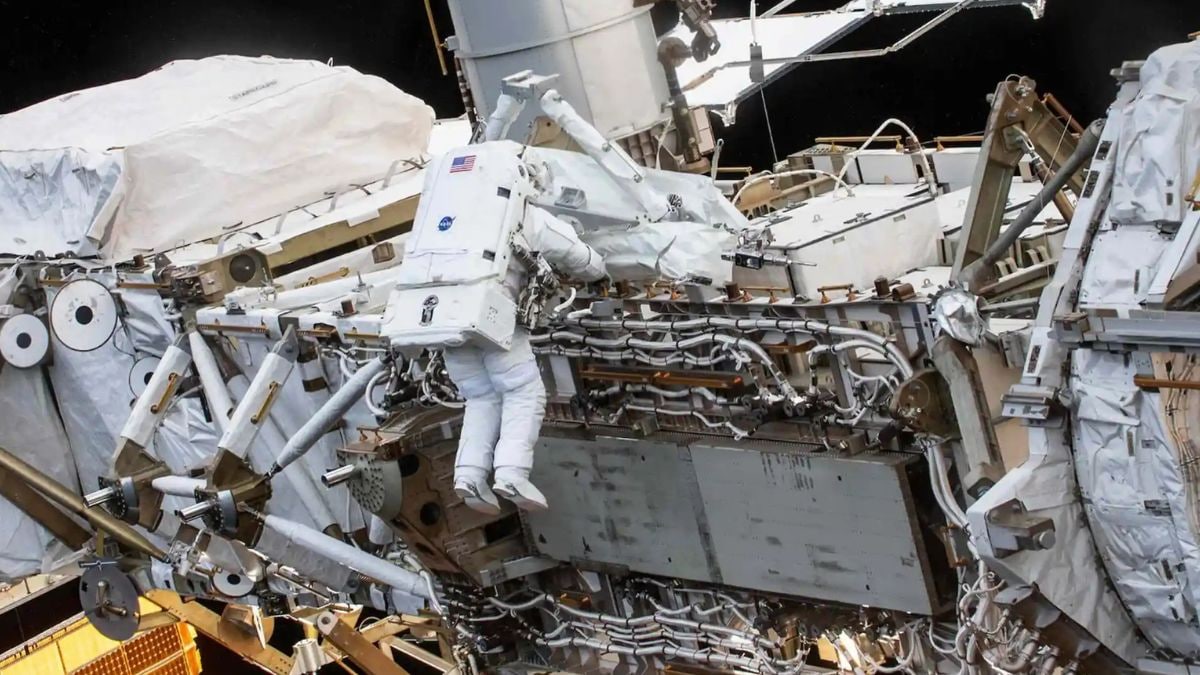Introduction
The International Space Station (ISS) stands as a remarkable testament to human innovation, orbiting Earth at an altitude of approximately 400 kilometers. However, it is not without its challenges. Recently, significant concerns have arisen regarding an air leak in the Russian segment of the ISS, which has prompted urgent action from NASA and other space agencies. This article delves into the nature of the air leak, its implications, and the ongoing measures being taken to address this critical issue.
Current Situation of Air Leak in ISS
NASA has been monitoring an air leak that was first identified in 2019 from the PRK vestibule of the Zvezda module. The situation has escalated, with a recent report indicating that as of April 2024, the air leakage rate has reached a concerning 1.7 kg per day. This has raised alarms and emphasized the need for a sustainable and permanent solution to the problem.
Investigations Underway
To pinpoint the cause of the air leak, both NASA and the Russian space agency Roscosmos are conducting thorough investigations. They are examining both internal and external welds on the ISS to identify any potential weaknesses or damages that could be contributing to the air loss. Understanding the root cause is essential for developing effective mitigation strategies.
Astronauts’ Response
In light of the air leaks, astronauts on the ISS have adopted precautionary measures to minimize the impact of the situation. They have been instructed to seal off the affected areas, entering only when absolutely necessary for essential tasks. This approach helps to conserve the station’s atmosphere while the investigation and repairs are ongoing.
The Broader Implications of the Leak
While the air leak presents a significant challenge, it is not the only issue facing NASA and their Russian counterparts. Tensions have arisen due to differing approaches to addressing the leak, and if a final resolution cannot be reached, critical operational changes may be necessary. One troubling possibility is the permanent closure of the affected area. Such a move could impede Russia’s Soyuz spacecraft from docking with the ISS in the future, affecting international cooperation in space exploration.
Challenges Beyond Air Leaks
In addition to managing the air leakage, NASA faces a host of other challenges on the ISS, including supply chain issues and the procurement of spare parts. With the future of the ISS in balance, NASA is determined to ensure that the station remains operational throughout this decade. However, plans are in motion for the ISS to deorbit and re-enter Earth’s atmosphere between 2028 and 2030, making it imperative to resolve outstanding issues swiftly.
Conclusion
The air leak in the International Space Station not only poses a technical challenge but also reveals the complexities of international collaboration in space. As investigations continue and solutions are sought, the resilience and ingenuity of the astronauts and engineers play a crucial role in safeguarding this beacon of human achievement. The coming months will be critical for ensuring the ISS remains a pivotal platform for scientific research and exploration.









